When you look at a motherboard, you might realize there are so many numbers and codes that you have no idea what they are about. In this guide, we’ll talk about what these numbers mean, especially the one on the LED screen or indicator that shows some numeric codes (usually two digits), and also other numbers that you should know on your motherboard.
Also see: All Motherboard Slots and Connectors Explained
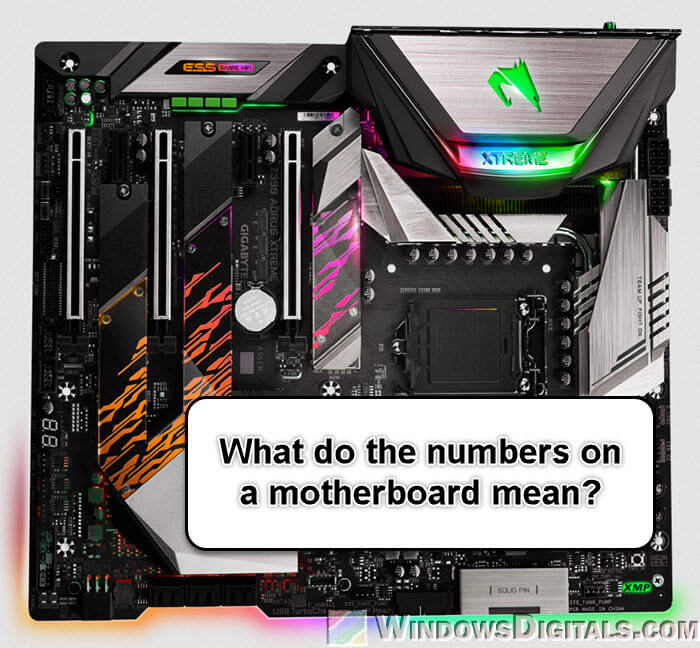
Page Contents
What do the LED numbers mean on a motherboard?
The LED numbers on a motherboard are important because they tell you what’s going on during the computer’s start-up. These are called diagnostic codes or Power-On Self-Test (POST) codes. They help check the system and troubleshoot problems. When your computer starts, the motherboard checks its hardware components and the LED shows these codes to tell you how things are actually going.
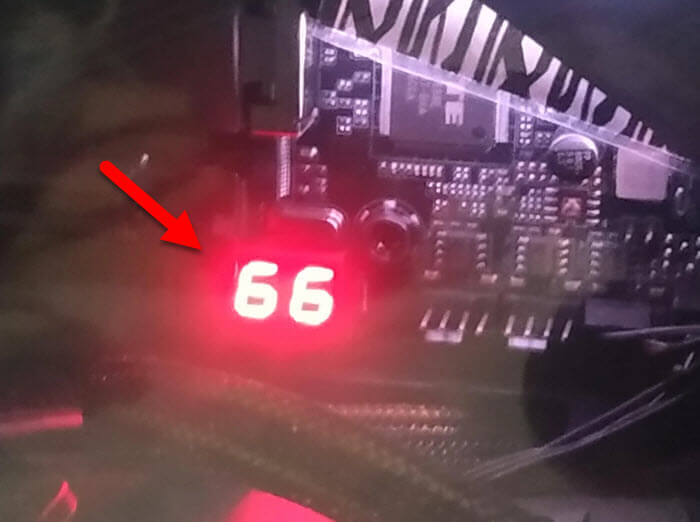
Knowing what these numbers mean can sometimes be a very big help in figuring out what’s wrong and fixing issues with your computer. The following are what these numbers usually tell you.
Tell you about the boot process
During the start-up, the motherboard checks its hardware. The LED shows different codes to tell you what’s being checked and if everything is okay or if there’s a problem.
It can also be error codes
If there’s a problem during start-up, the motherboard will show an error code on the LED. This code helps you know which part of the computer is having trouble, like the memory, CPU, graphics card, or something else.
These codes are usually specific to brands
It’s very important to remember that these codes are not the same for all motherboards. Different brands have their own codes. What means a memory error on one brand might be a CPU error on another. You need to check the manual or the manufacturer’s website to understand what a specific code means.
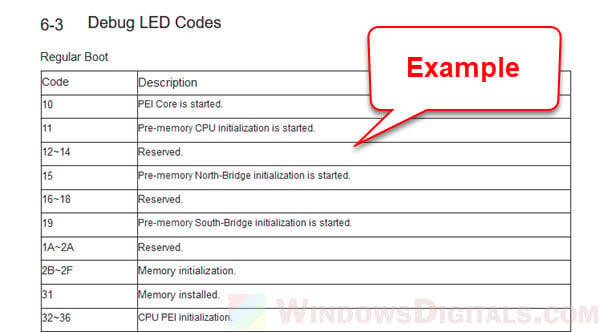
What if a code keeps repeating
If the code keeps repeating or shows many different numbers, it might mean there’s a problem that’s stopping the system from starting properly.
What if no POST codes show up at all
If no POST codes show up and the system doesn’t start, it might be a serious problem, like a bad motherboard or power issue.
If your motherboard doesn’t have LED indicators and you see a specific code, always check the motherboard’s documentation or website for accurate info. If you’re not sure, you should try to get help from a pro or the support team of the motherboard’s brand.
Related resource: Checking Motherboard Max RAM Speed (MHz) & Capacity
Meanings of other numbers on a motherboard
Aside from LED codes, there are other numbers on a motherboard that each have their own purpose. Knowing these is very useful for upgrades, repairs, or just understanding your system better.
Model number
The model number is very important. It tells you exactly what type your motherboard is, which helps when you want to add or change parts like CPU or RAM to make sure they will fit and work well with your motherboard.
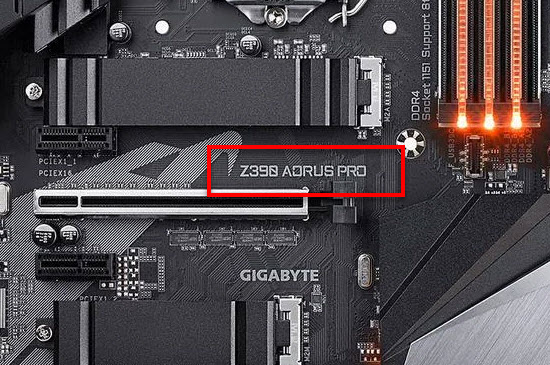
Serial number
The serial number is unique to your motherboard. It’s very important for warranty claims and getting support from the manufacturer. It also helps confirm that your motherboard is a genuine product.
Revision number
Motherboards can have changes during their life, and these changes are noted in the revision number. A higher number means a newer version of the motherboard which might have fixes or improvements.
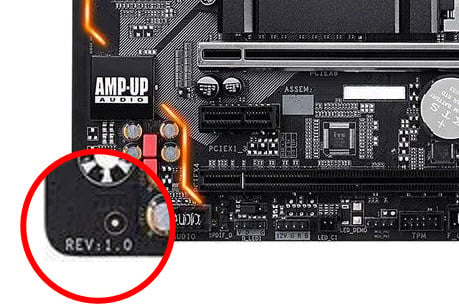
BIOS version
Some motherboards show the BIOS version right on the board. This is helpful for troubleshooting or before updating your BIOS. The right BIOS version can make your computer work better with new hardware or software.
Regulatory compliance numbers
These numbers show that the motherboard meets international standards for safety and being environmentally friendly. They include things like FCC, CE, or RoHS.
Part numbers
These numbers identify specific parts like capacitors, chips, or connectors on the motherboard. This is really helpful if you need to fix or replace a part.
Voltage or power ratings
Sometimes you’ll see numbers that tell you what power is needed for different parts of the motherboard. This is important for solving power issues or when changing your system.
Why knowing these numbers on the motherboard is sometimes useful
The most useful one among all would be the LED error code indicator. When you face some unknown boot issue with your computer, these codes can really save your day by showing you directly what could be wrong, instead of you having to troubleshoot the system blindly.
Other numbers like the model and revision number are useful when you need to figure out what your motherboard actually is, especially when you’re checking compatibility of a new hardware part that you’re about to purchase and add to it.
The BIOS version is also a good thing to know when you need to update it at some later time.
Last but not least, the serial number is often required for any warranty claims. You’ll need to know that number (by simply looking at your motherboard) when you are requesting help or sending it for warranty purposes.






